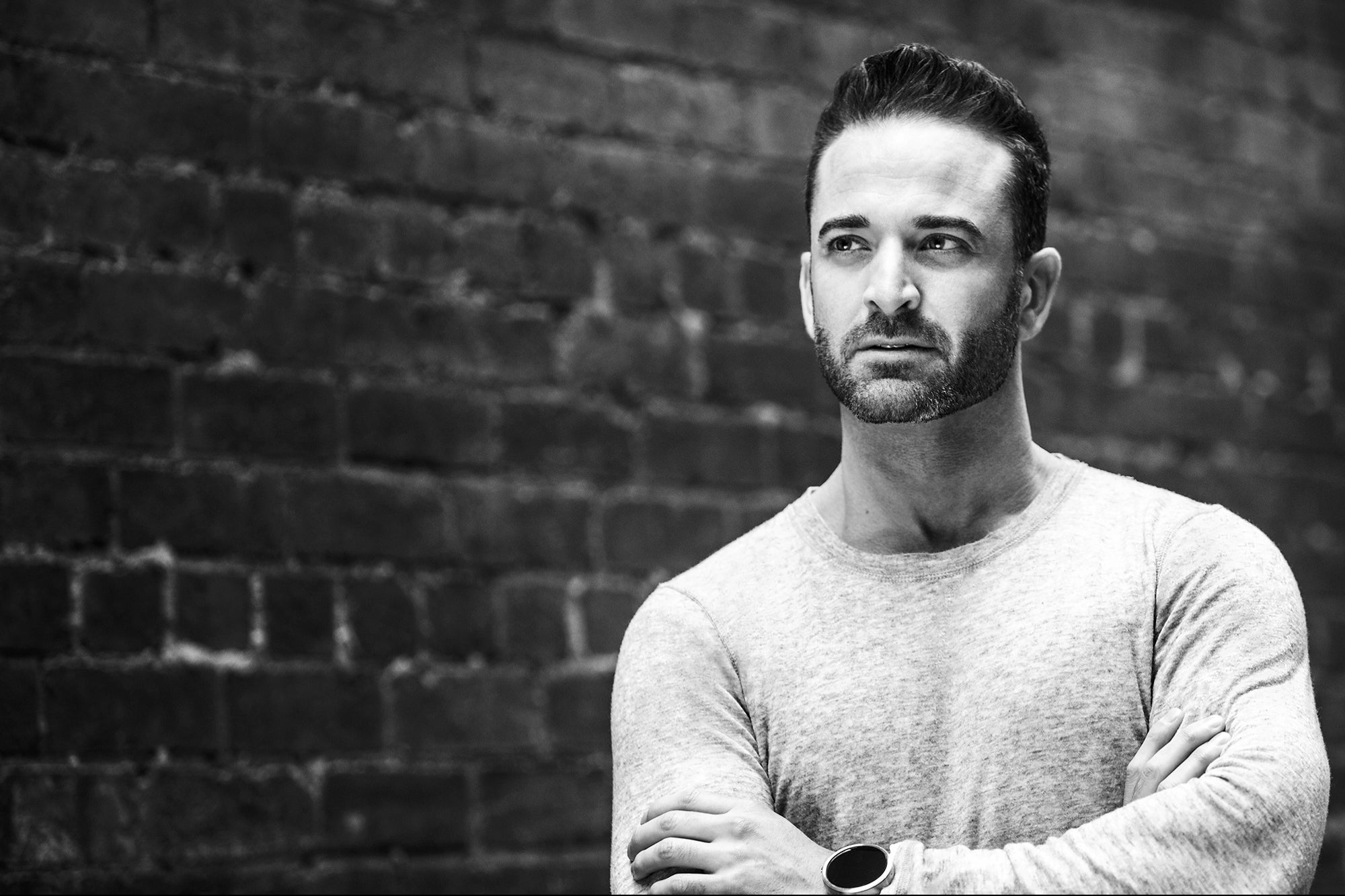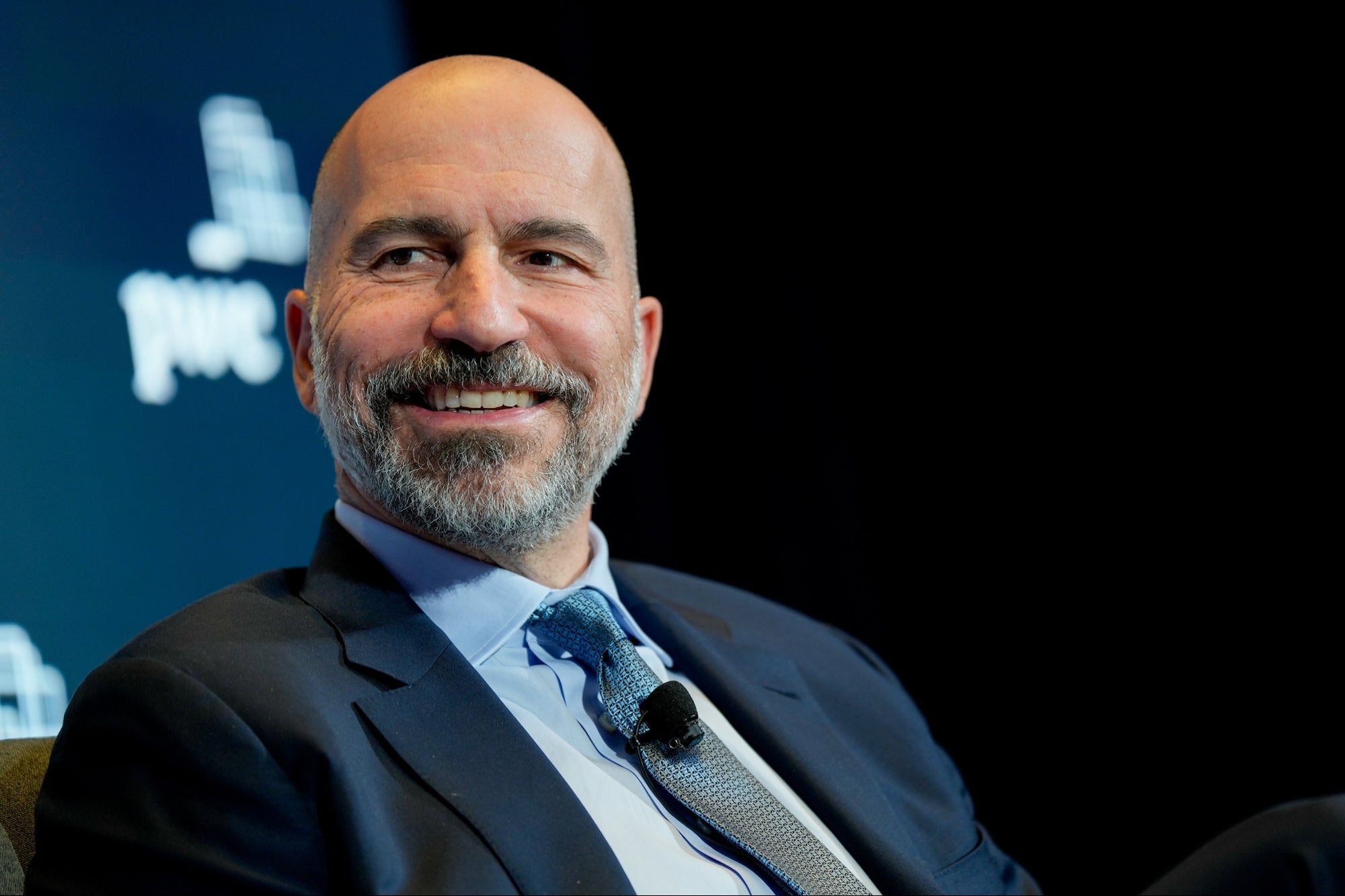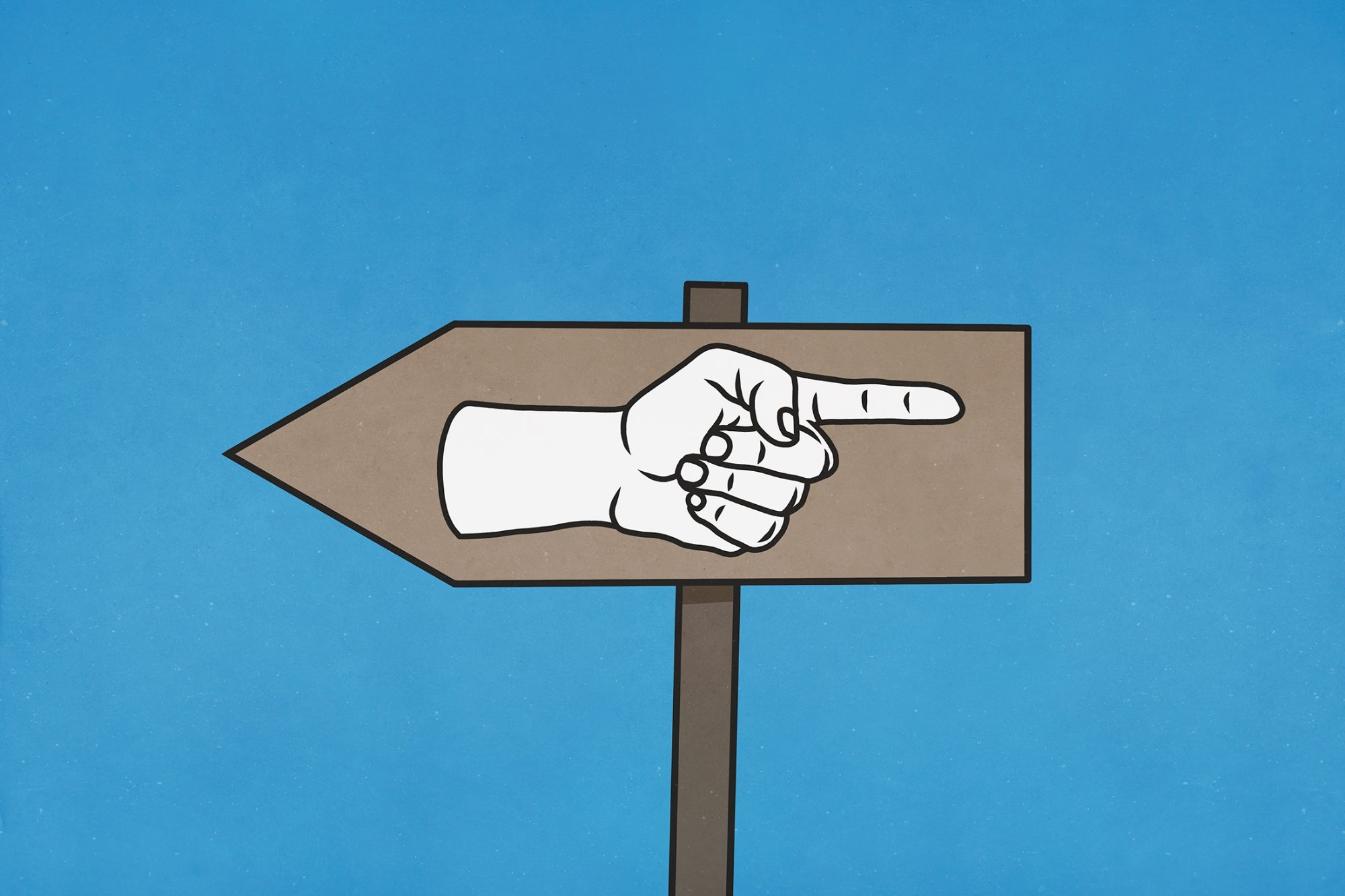Opinions expressed by Entrepreneur contributors are their own.
If one of your employees didn’t have a clear role or goals, you’d probably take immediate steps to fix that. You’d define what success looks like for that individual and make sure they had the necessary tools to do their job. So why not give your capital the same attention?
Too many business owners let their money sit idle with no clear purpose, and it costs them more than they realize. It’s common to think of capital as a cushion — something to fall back on during lean times. But the most successful companies treat capital like a resource, not a safety net. They assign every dollar a job and hold it accountable for results.
Related: How Much Cash Do You Need for Your Business’s Safety Net?
The problem with idle capital
Idle capital refers to money sitting in your account, earning little to no return. Maybe it’s a bloated emergency fund or cash you raised without a clear plan. It may feel safe, but it can quietly drag down your business performance.
With inflation still running high, money that sits still is losing value, and every dollar sitting on the sidelines is a dollar not helping you grow. For example, you could use $100,000 in excess reserves to launch a marketing campaign, hire a new team member or upgrade your equipment. Any of those investments could deliver far better returns than a savings account.
Debt can be a powerful tool — but only when it’s structured to support your business goals. It can become a problem when businesses take on high-interest loans for short-term needs while sitting on unused cash or when the repayment schedule doesn’t match the company’s cash flow. In these cases, borrowing can become more of a burden than a benefit.
Businesses that hold on to excess capital without a clear plan often fall behind those that put their resources to work. While it may feel safer to keep cash on hand just in case, that caution can quietly limit your company’s growth and performance over time.
Related: Avoid These 10 Mistakes Entrepreneurs Make with Money
How to put your capital to work
Just like you wouldn’t hire someone without a clear job description, every dollar in your business should have a defined purpose. Here are the steps you’ll take to get started:
-
Define the role: What is each pool of capital meant to do? For example, growth capital might support expansion, new hires or product development. Operating capital should help smooth out cash flow and reduce the need for financing. You do need an emergency reserve, but it should be sized appropriately — you don’t want it to be so large that it slows you down.
-
Set expectations: Every dollar should have a measurable return, whether it’s a marketing campaign with an expected return on investment or equipment designed to boost productivity. Either way, you need to track whether the capital is delivering on its purpose.
-
Create a review system: Group your capital into categories and revisit each group regularly to see how it’s performing. For example, imagine reallocating unused cash toward upgrading your production equipment. That investment could lead to lower operating costs and improved efficiency — a much better return than letting the money sit idle.
The goal is to treat your capital with the same thoughtfulness you give your hiring decisions. Give it a purpose, track its output, and adjust when needed.
Aligning your capital with your business strategy
The way you allocate capital should reflect your company’s goals. Whether you’re planning to enter a new market or improve your margins, your money should work in alignment with your business plan.
However, too many businesses manage capital from a place of fear rather than taking a strategic approach. They sit on large reserves “just in case,” even when those funds could be fueling growth. Ironically, that caution can become risky, especially if competitors are investing and gaining ground.
Capital planning shouldn’t be limited to once a year during budget season. It should be part of your ongoing strategic conversations. If your goals shift, your capital plan should shift too, so you should ask yourself regularly: Are we putting our money where our strategy is?
Related: 5 Hard-Earned Cash-Management Lessons for Entrepreneurs
The bottom line
Idle employees are a problem, but idle capital can be just as costly. Every dollar should have a job and be held accountable for results. If your capital isn’t working for you, it’s working against you, so you should treat your capital like a key team member — with a role, expectations and regular performance reviews.
Start with a simple audit: Where is your capital today? What is each dollar supposed to achieve? Are you measuring results? Are you holding onto cash out of habit or fear? Do your capital allocations align with your current priorities?
Businesses that succeed in the long term regularly reevaluate how they deploy their capital. They aren’t afraid to make changes when something isn’t working. And they hold their capital to the same high standards they set for their people.








